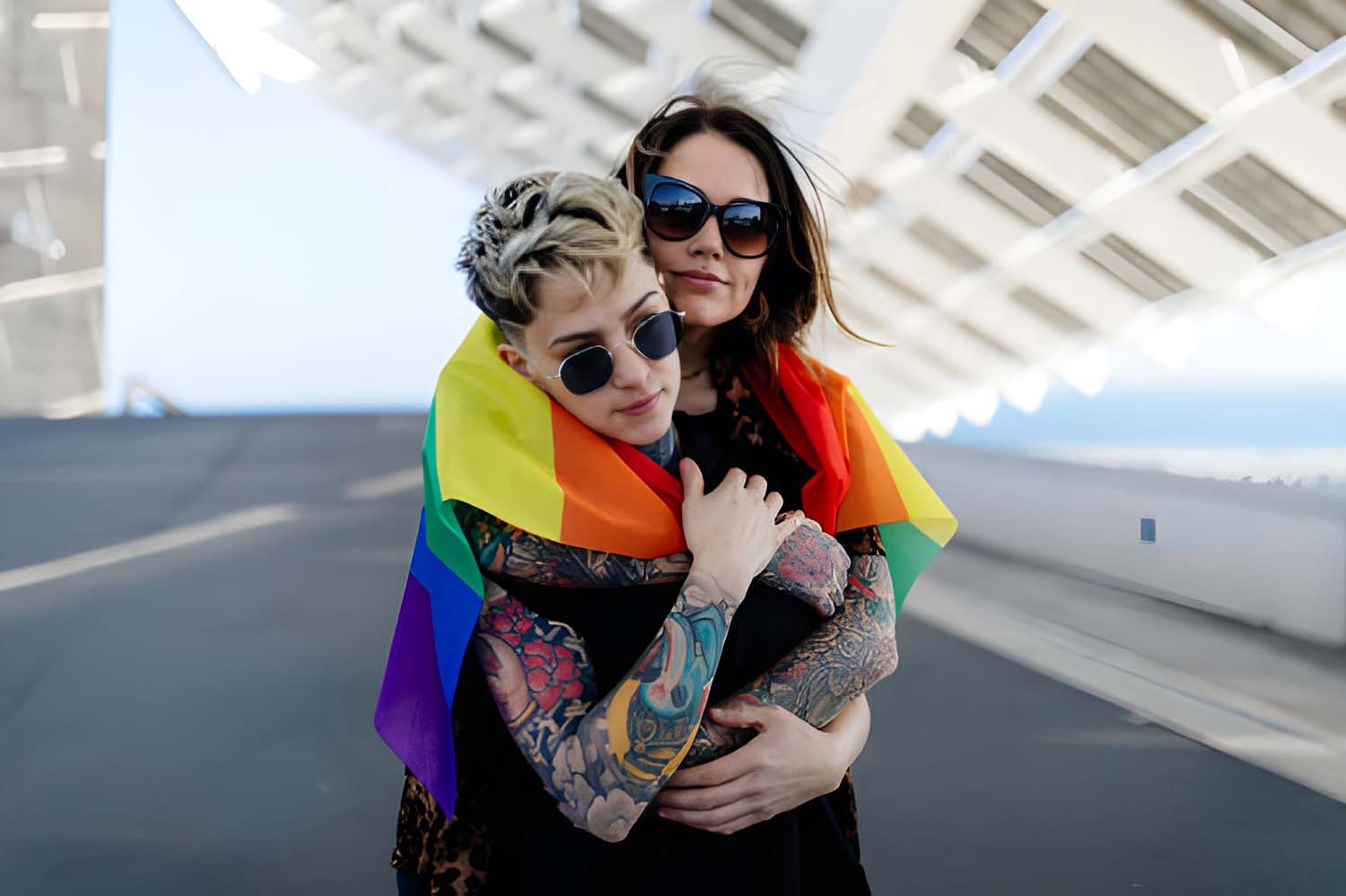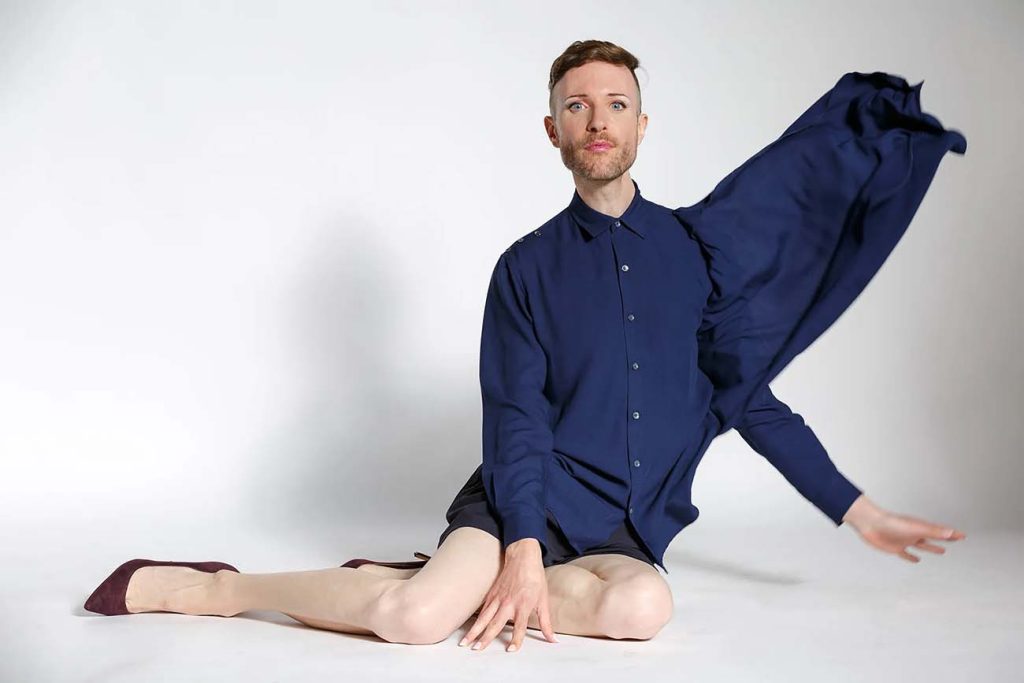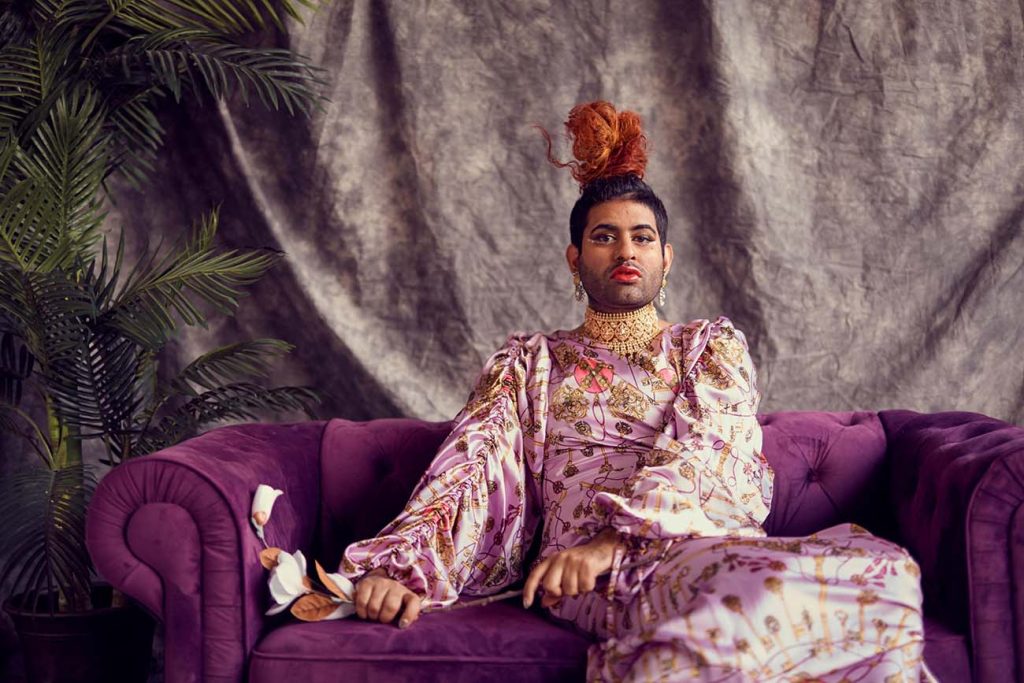The creator economy has reshaped the publishing landscape. The old pathways — agents, commissions, traditional media hierarchies — still have weight, but they no longer hold a monopoly on opportunity. Today, writers, educators, artists, podcasters, photographers, adult creators, and niche experts are building sustainable income streams through direct-publishing platforms that give them control over content, cadence, and audience relationships.
Self-publishing is no longer a fallback. It’s a business model — one rooted in independence, data ownership, and the freedom to build without permission. This guide explores the platforms actually paying creators, what they offer, where they differ, and how to choose the right model for your work.
First Glance
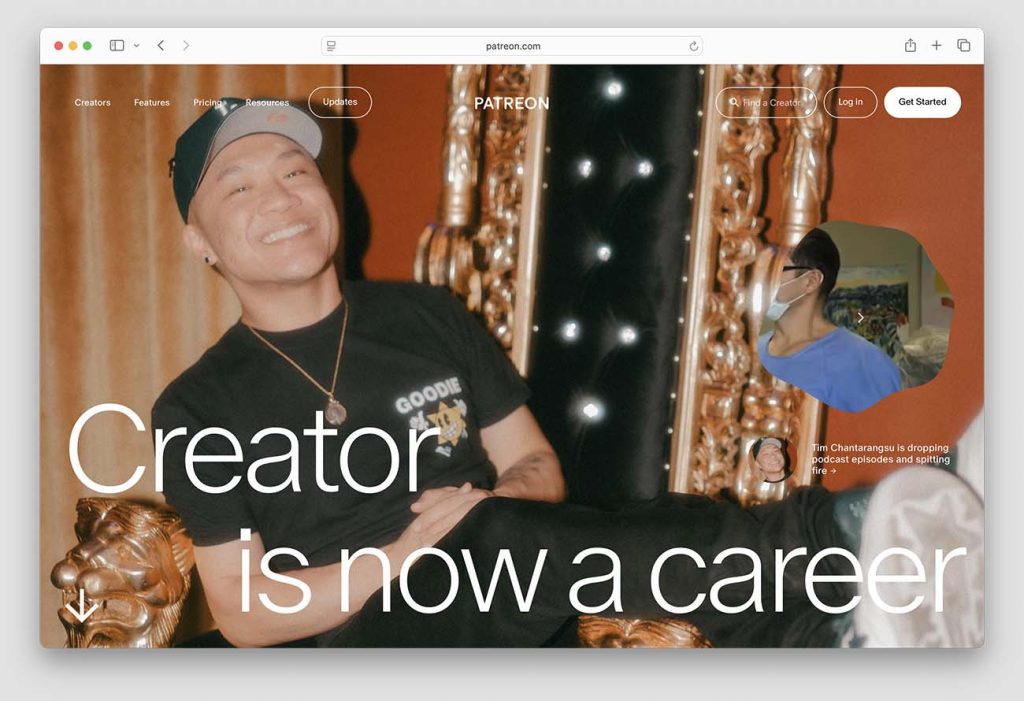
Subscription Platforms
Recurring revenue is the closest thing creators have to stability. Subscription models suit those producing regular work and cultivating loyal audiences.
Substack
Ideal for writers, journalists, and commentators.
– Email-first publishing
– Paid newsletter subscriptions, founding memberships
– Podcast and video-friendly
– Community tools (chat, notes)
Strength: direct audience ownership via email
Good for: writing-led independent media brands, niche commentary, community-driven publishing
Patreon
One of the earliest models for recurring creator income.
– Tiered memberships
– Exclusive content, early access, community perks
– Audio and video friendly
Strength: flexible membership structures
Good for: podcasters, educators, musicians, creators with a strong personality-led following
OnlyFans
Often framed narrowly, but a major economic engine for adult and wellness creators — and increasingly also for fitness coaches, entertainers, and educators.
– Fan subscriptions
– Pay-per-view content
– Direct fan messaging
– Tips and paid livestreams
Strength: high audience conversion, direct creator-fan intimacy
Good for: creators monetising intimacy, personality, and private-community dynamics
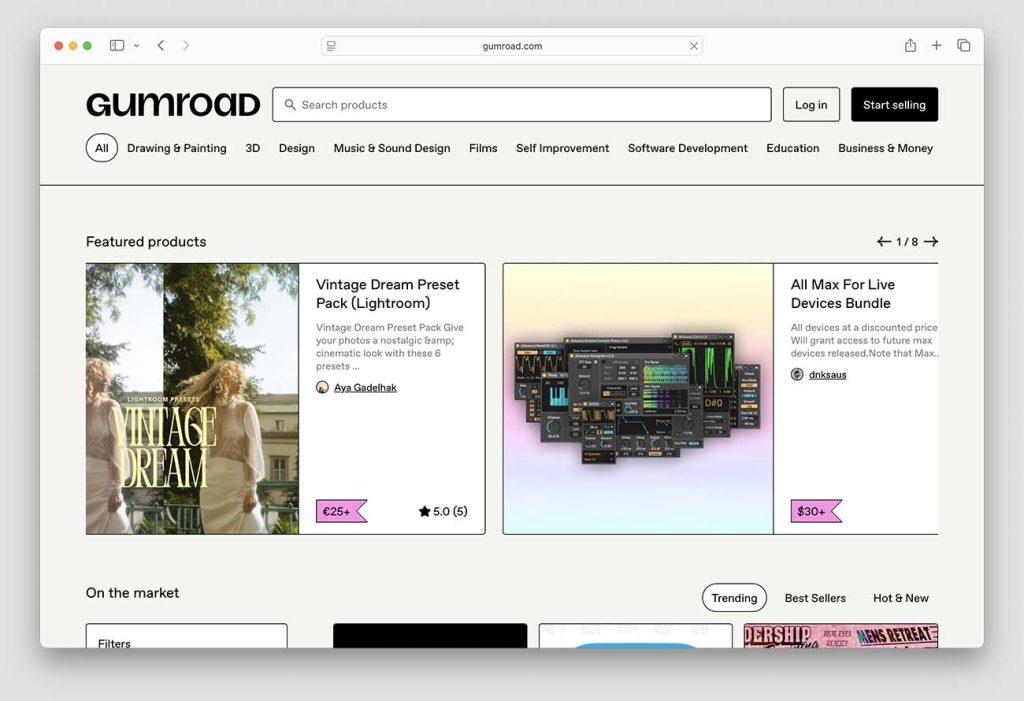
Digital Product & Storefront Platforms
For creators who prefer one-time sales, digital delivery, and asset-driven income.
Gumroad
Simple, creator-first infrastructure.
– Sell digital downloads, courses, memberships
– Pay-once simplicity
– No storefront complexity
Good for: digital tools, ebooks, creative assets, templates, photography packs, indie publishing
Ko-fi
Creator support platform with tipping embedded into culture.
– Donations (“buy me a coffee”)
– Digital storefront
– Memberships available
Good for: artists, illustrators, independent makers, early-stage creators testing paid content
Etsy
No longer just crafts.
– Digital downloads thrive (planners, fonts, Lightroom presets, guides)
– Search-driven audience discovery
– Known buyer intent
Good for: visually-led creators, designers, lifestyle content, niche digital goods
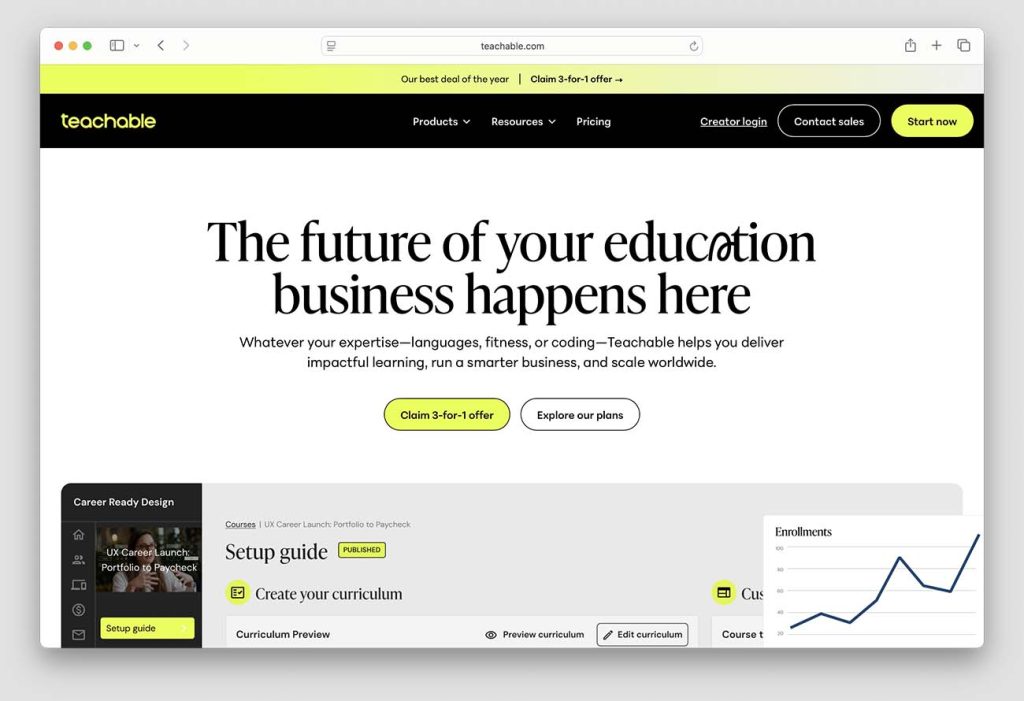
Course & Teaching Platforms
For educators, coaches, and creators with actionable knowledge.
Teachable / Thinkific
Standalone course infrastructure.
– Host video courses, sell bundles
– Affiliate systems
– Landing pages and student dashboards
Good for: creators monetising expertise — marketing, design, fitness, language learning, technical skills
Skillshare
Marketplace model.
– Creators paid via watch-time and referrals
– Platform brings the audience
Good for: design, illustration, writing, craft, productivity educators building top-of-funnel reach

Marketplaces & Ad-Share Platforms
Better suited for reach-driven creators who monetise attention.
YouTube
The backbone of creator video income.
– Ad revenue
– Channel memberships
– Merch shelf, SuperThanks, brand deals
– Podcast push underway
Good for: long-form storytelling, tutorials, commentary, evergreen content
Medium
Writer-focused platform with a native audience.
– Paid Partner Program based on member reading time
– Niche publications
– Distribution advantages when the algorithm hits
Good for: essays, opinion, tech, wellness, personal narrative
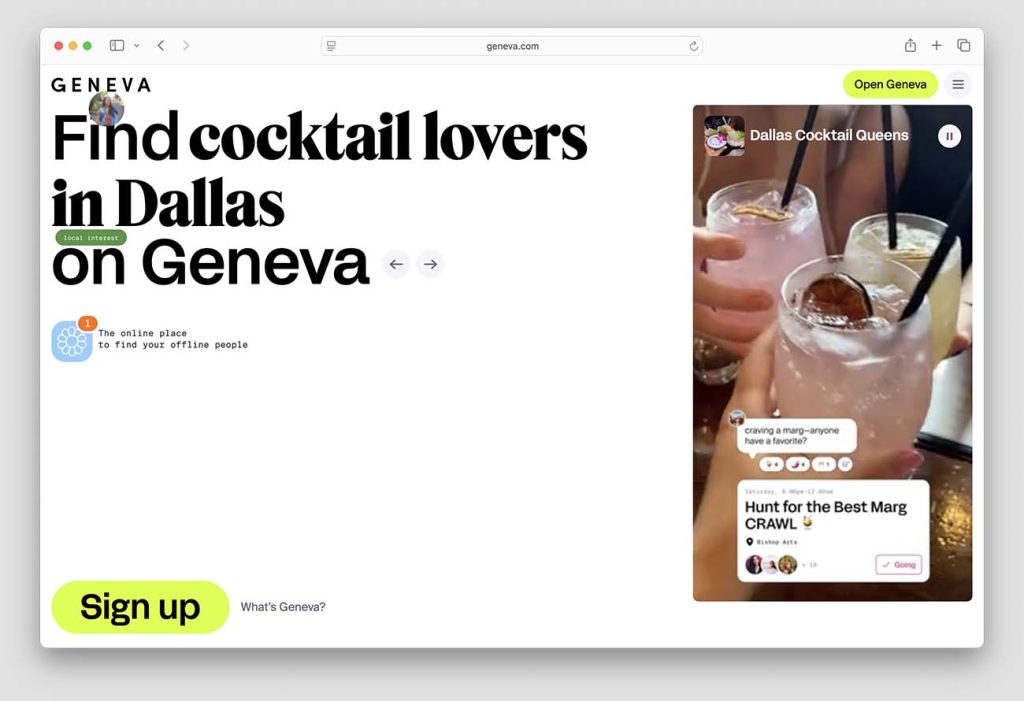
Community-Led Spaces
Private ecosystems where access is the product.
Discord / Geneva
Community hubs with paid entry or tiered access.
– Membership-gated channels
– Real-time conversation culture
– Loyalty over scale
Good for: niche groups, education cohorts, fan communities, accountability clubs
Choosing a Platform: Strategic Questions
Self-publishing isn’t about choosing the trendiest tool — it’s about choosing alignment.
– Do you want ongoing revenue or one-off sales?
– Is your work episodic or evergreen?
– Where does your audience naturally gather?
– How much control do you want over data and distribution?
– Are you monetising information, entertainment, intimacy, or community?
Creators who thrive treat platforms as infrastructure, not identity. Many operate with a portfolio approach: newsletter for core audience, marketplace for assets, community for depth. A sustainable publishing model is rarely one-platform-only — it’s a system.
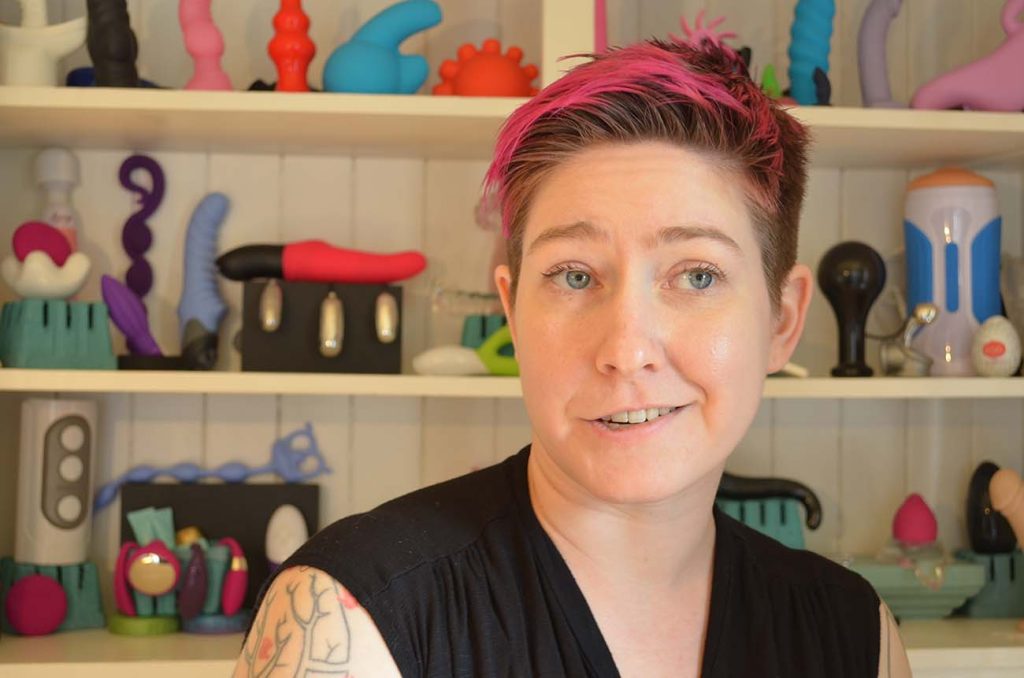
Case Studies: Creators Turning Platforms into Businesses
The most successful self-publishers treat their platforms as infrastructure, not identity. These creators demonstrate how different models translate into long-term, independent income.
Anne Helen Petersen — Substack
A former BuzzFeed journalist, Petersen left traditional media to build Culture Study, a paid Substack newsletter exploring work, culture, and burnout. Her newsletter revenue now outpaces her former salary, and she’s expanded into podcasting and events.
Lesson: Subject-matter authority and consistency can replace institutional backing.
Hank Green — Patreon and YouTube
One of the earliest YouTube educators, Green co-founded VidCon and runs a portfolio that spans science education, podcasts, and books. Patreon memberships fund niche projects free from ad pressure.
Lesson: Diversification across platforms protects creative independence.
Erika Moen — OnlyFans and Patreon
The cartoonist behind Oh Joy Sex Toy built her audience through webcomics before adopting subscription models on Patreon and OnlyFans for adult education and art.
Lesson: Intimacy and transparency can be a professional asset when framed within a clear ethical and creative vision.
Ali Abdaal — Teachable and YouTube
A former doctor turned productivity educator, Abdaal used YouTube as discovery and Teachable for conversion, building a multimillion-dollar online course business.
Lesson: Free reach can feed high-value educational products when paired with structure and credibility.
Traci Thomas — Podcast and Newsletter Ecosystem
Host of The Stacks podcast, Thomas leveraged her literary community into paid newsletters, brand partnerships, and speaking events.
Lesson: Community can be monetised laterally — through media, live experiences, and sponsorships.
Each example underscores the same pattern: clarity of voice, audience ownership, and a willingness to evolve the business model as platforms shift.
🔑 Key Takeaways
💼 Self-publishing is a strategic business model, not an alternative to traditional media.
💸 Subscription platforms like Substack, Patreon, and OnlyFans deliver recurring income and audience depth.
🛍️ Digital storefronts such as Gumroad, Etsy, and Ko-fi work best for evergreen products and creative assets.
🎓 Course platforms (Teachable, Thinkific, Skillshare) help knowledge-driven creators scale education.
📺 Marketplace platforms including YouTube and Medium reward reach but depend on algorithms.
💬 Community platforms like Discord and Geneva build loyalty and higher-value engagement.
🧭 Operate across multiple channels — the most sustainable creator businesses diversify their presence.
Ownership, consistency, and direct audience relationships remain the real differentiators.

